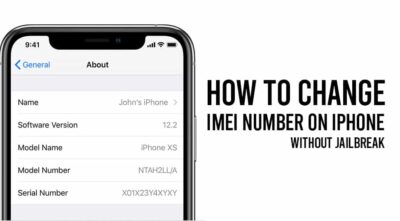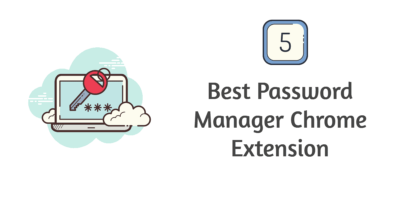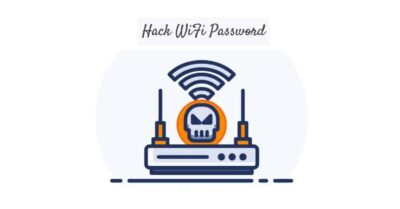How To Recover Images From Corrupted Sd Card
Just because your SD card is spitting out file errors and gibberish file names doesn’t mean your photos are gone forever. Read on as we show you how to recover your images (and for free, at that).
Why Recover images from Corrupted SD Card?
Many of our tutorials center on things that are useful or even fun but that might need a little explaining for the unfamiliar. In the case of recovering files off your corrupted SD card, there’s little sales pitch needed.
You’re likely here via search engine query and panicked because you plugged in your SD card and either the files were outright missing or instead of the familiar file structure like /DCIM/ with the subsequent folders for your camera model and then the image files, you see something like this:
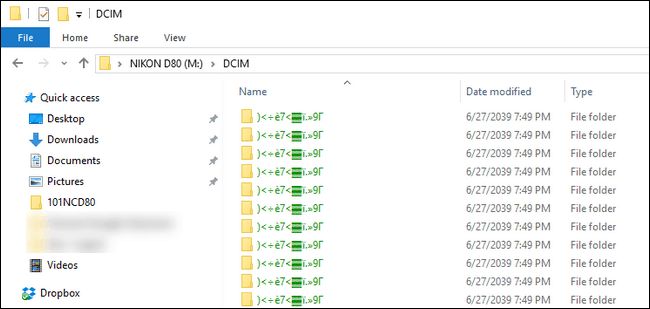
That screenshot, by the way, isn’t a mock-up of what could happen, it’s a very unsettling look at exactly what did happen to us shortly before writing this article. Despite the fact that we know better than to physically eject the SD card from our camera before powering the camera off we do so all the time.
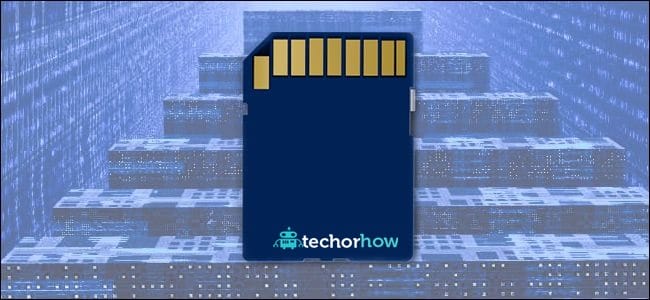
The problem with doing something you should know better than to do is that eventually, it catches up with you. Not only did that SD card contain a bunch of product photos we’d just taken for various HTG tutorials but it also had a bunch of great holiday photos we hadn’t yet properly dumped and backed up: quite the double whammy of bad luck.
Fortunately, it’s surprisingly easy to recover data from an SD card assuming the SD card isn’t outright physically destroyed. Let’s take a look at how we can recover the files easily with a free Windows tool.
How to Recover Images from Corrupted SD Card
While there are many ways to recover corrupted or deleted data off an SD card we’re operating off the basic assumption that readers of this tutorial are, statistically speaking, Windows users, in a bit of a panic, and definitely not data recovering experts. In light of that, we’ve opted to go with a very easy to use Windows solution that we’ve had good luck with.
With that in mind let’s take a look at what you need to attempt an SD card data recovery.
First, grab a copy of the ZAR X Systems recovery software. The full suite is a for-pay product but the creators of the application have graciously set up the application so that it will recover common image formats for free.
Second, you need enough free space on either your primary or secondary system drives to hold the full capacity of the SD card. This means if you’re recovering a 16GB SD card you should have 16GB of free space.
Note: if you have a huge SD card, like 64-128GB and you’re certain that it was only partially full then you can use a smaller amount of space like, say 16-32GB.
Finally, you need the misbehaving SD card on hand with an SD card reader that is known to be properly functioning (and has been tested with a non-corrupt SD card). Resist the urge to do anything to the SD card like fiddle with the files, delete or rename anything, or otherwise interact with the files or file system.
Recovering images With ZAR X
ZAR X works extremely well at recovering data but some of the settings are just a wee bit arcane. We’re going to walk you through the settings with an emphasis on maximum data recovery. It’s possible you may end up with some duplicate data along the way but that’s not a bad problem to deal with: it’s far better to end up with two copies of a recovered image than no copies at all.
After you’ve installed ZAR X launch the application.
- Select “Image Recovery (Free)”; the program will hang for a moment with the message “Enumerating Devices” as it checks for removable media and drives
- Here you can see the three drives on our test system an SSD, HDD, and the much smaller “Mass Storage Device” that’s the size of the SD card we inserted. Once you’ve properly identified the SD card you wish to recover click “Next”.
Sit back and relax. Depending on the size of your card this can take anywhere from a good chunk of time to a huge chunk of time.
Once the file analysis is done you have the option to selectively or completely recover files. While you can always use the extra options (like file dates and min-max size) if you have the disk space to totally recover the SD card and you have no pressing reason to use any of the file filters we’d suggest doing a full recovery to ensure that every recoverable file is copied.
To that end select, as seen in the screenshot above, the “RAW” and “FAT” options. RAW will copy the raw file data and attempt to turn it back into individual files and FAT will copy the data preserving the FAT file structure.
It’s possible, depending on the SD card or USB drive you’re recovering, that the second option won’t be FAT but will be another file system name. That’s OK, select it anyway.) Click “Next” to continue.
On the final screen you’ll select a destination folder to dump all the photos into. Click “Start copying” to begin the process.
When the process is complete navigate to the destination directory you selected. Depending on which files you’re attempting to recover and how they were recovered you may find your images are in different locations. We found that half of our recovered images were in /RAW/Jpeg, which gave us a bit of a panic that we’d lost all the new ones.
But in /FAT/Fragments/ we found not only the first half but the complete set in numerically ordered folders. When it was all said and done we were able to perform a complete recovery of the SD card with no loss of personal or work-related photos.
